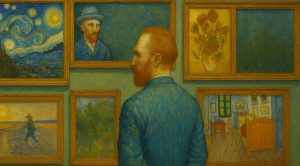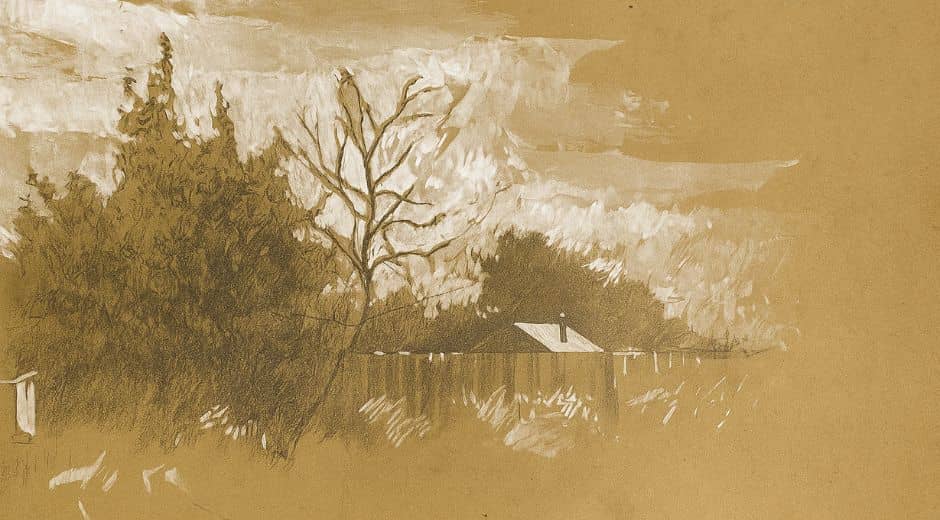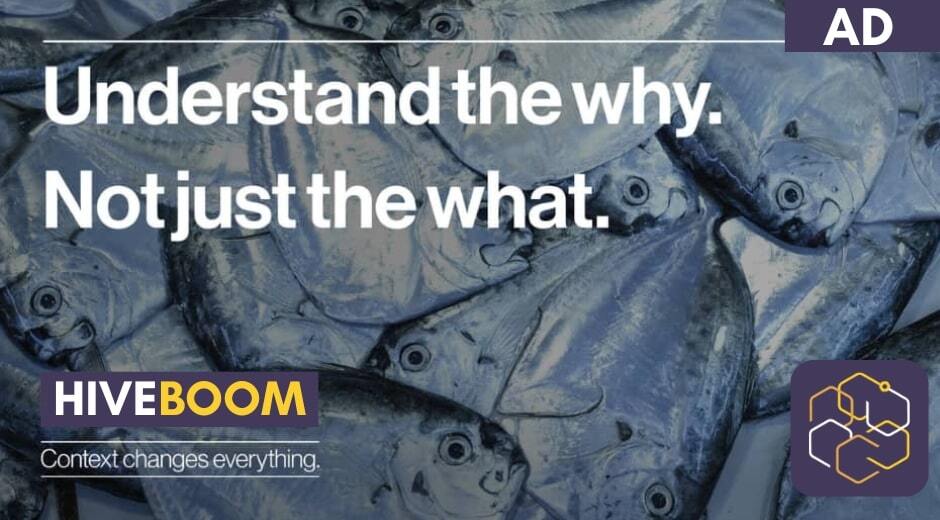Lines That Speak: The Power of Storytelling Through Illustration
Lines That Speak: The Power of Storytelling Through Illustration
Illustration has a unique ability to communicate without words. At the heart of this expressive art form are lines—the essential marks that shape ideas, evoke emotions, and tell stories. The lines in a drawing are more than simple strokes; they are the threads that weave narrative, style, and personality into visual creations. Understanding the power of lines allows both artists and viewers to experience depth, rhythm, and emotion in ways words alone cannot achieve.
The Language of Lines
Every line carries meaning. A jagged, aggressive stroke can convey tension, while a soft, flowing mark evokes calmness or movement. Artists deliberately use lines to guide the viewer’s eye, emphasize emotion, and define shapes. In many ways, they function as a visual language—communicating ideas across cultures and languages.
Contemporary illustrators often experiment with lines to explore personal expression. Abstract sketches may rely on chaotic strokes to reflect inner turmoil, while minimalist works use clean, deliberate marks to communicate simplicity and clarity. The versatility of lines makes them an essential tool for anyone interested in the narrative power of visual art.
Storytelling Through Illustration
At its core, illustration is about storytelling. The choices an artist makes with marks and contours set the tone for the narrative, establishing mood, character, and movement. Graphic novels and comics are prime examples of how lines drive storytelling: panel compositions, character contours, and background details all rely on expressive drawing.
Moreover, thickness, texture, and direction can evoke different feelings. Thick, bold strokes suggest strength and confidence, while delicate, faint lines convey fragility and subtlety. Platforms like StyleRadarPoint often showcase illustrators who master storytelling through nuanced use of lines, showing how technical skill and emotional insight merge.
Techniques and Styles
Illustrators today work across many mediums, each affecting how marks appear and function. Traditional tools such as pencils, ink, and charcoal create tactile strokes that emphasize texture and depth. Digital illustration, in contrast, allows infinite experimentation with thickness, opacity, and flow, expanding the expressive potential of marks.
Different artistic styles highlight visual elements in unique ways. Minimalist illustrations rely on sparse, purposeful strokes, while intricate, highly detailed artwork uses dense networks of marks to build complexity and narrative depth. By studying various techniques, artists learn to harness the full emotional and aesthetic potential of lines.
Lines as Emotional Expression
Beyond form, the subtle use of strokes can express emotion. Curved, flowing marks evoke joy, serenity, or sensuality, while jagged, erratic strokes convey tension, fear, or chaos. In this sense, lines function like musical notes in a composition, setting rhythm and emotional tone. Observers often react instinctively to the cues embedded in the movement and energy of these strokes.
Platforms like FocusMindFlow explore how visual expression can influence mood, mindfulness, and creativity. By understanding the psychological impact of different drawing techniques, illustrators can craft pieces that resonate deeply with viewers, creating emotional and narrative connections beyond the literal imagery.
Cultural Significance
Strokes in illustration often carry cultural and historical meaning. Different traditions have distinct approaches to mark-making, from Japanese sumi-e ink paintings to intricate Indian mandalas. Each culture imbues its strokes with symbolism, technique, and meaning. Bold, continuous strokes in East Asian art often symbolize harmony and flow, while geometric patterns in Western design may emphasize structure and balance.
Exploring these cultural contexts enriches modern illustration, giving visual works historical resonance and global perspective. The universal nature of marks allows them to connect across borders while still conveying deeply personal expression.
Daily Practice and Sketchbooks
Regular practice is crucial for mastering mark-making. Many illustrators keep sketchbooks to experiment with shapes, textures, and narrative forms. Even simple exercises, like drawing continuous or repetitive strokes, improve control, confidence, and artistic intuition.
Sketchbooks also allow artists to explore narrative potential. By combining varied marks, artists can craft mini-stories, develop characters, or plan larger works. Daily observation and experimentation transform ordinary pages into personal archives of creativity, highlighting how dedication enhances both technique and expression.
Interactive and Experiential Illustration
Illustration is increasingly interactive. Contemporary artists create works that encourage viewer participation, turning static compositions into immersive experiences. Interactive digital illustrations or animated storyboards invite audiences to explore the movement, texture, and depth of drawn elements, making the marks themselves part of the experience.
This approach emphasizes that storytelling through illustration is not limited to static viewing. Every stroke has the potential to engage, intrigue, and connect, showing the enduring power of lines in shaping narrative and experience.
Conclusion: Living Through Lines
The lines in illustration are far more than visual elements—they are conduits for emotion, narrative, and cultural resonance. From traditional sketches to digital experiments, they define characters, mood, and story, guiding the viewer through every detail and nuance. Mastery of marks allows artists to transform blank surfaces into compelling visual narratives that inspire, provoke, and delight.
For inspiration, platforms like StyleRadarPoint feature innovative line work, while FocusMindFlow explores the intersection of mindfulness and creativity. For more resources and tutorials on illustration, check out MuseaTime to explore the storytelling power of lines.
Inspiration Expression Eternity

Handmade Heritage: Craftsmanship in a Modern World
Explore the enduring art of Handmade craftsmanship, where traditional techniques meet modern design, preserving heritage while inspiring creativity.

Living Culture: Festivals, Rituals, and Everyday Inspiration
Discover how Living Culture shapes creativity and community, from vibrant festivals to everyday rituals that inspire art, design, and storytelling.

The Life and Journey of Vincent van Gogh
Explore The Life of Vincent van Gogh, uncovering the personal struggles, inspirations, and creative journey behind one of history’s most iconic artists.






